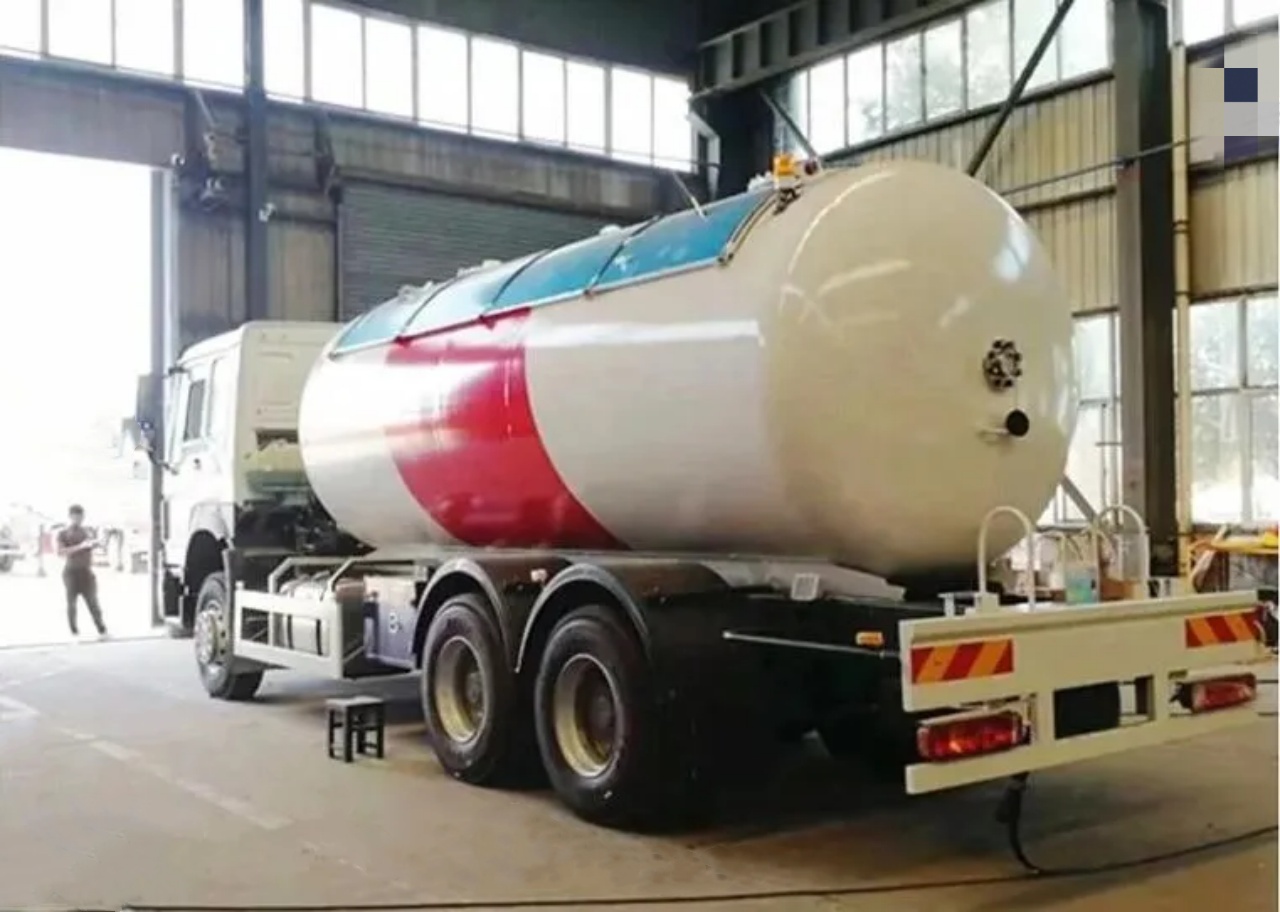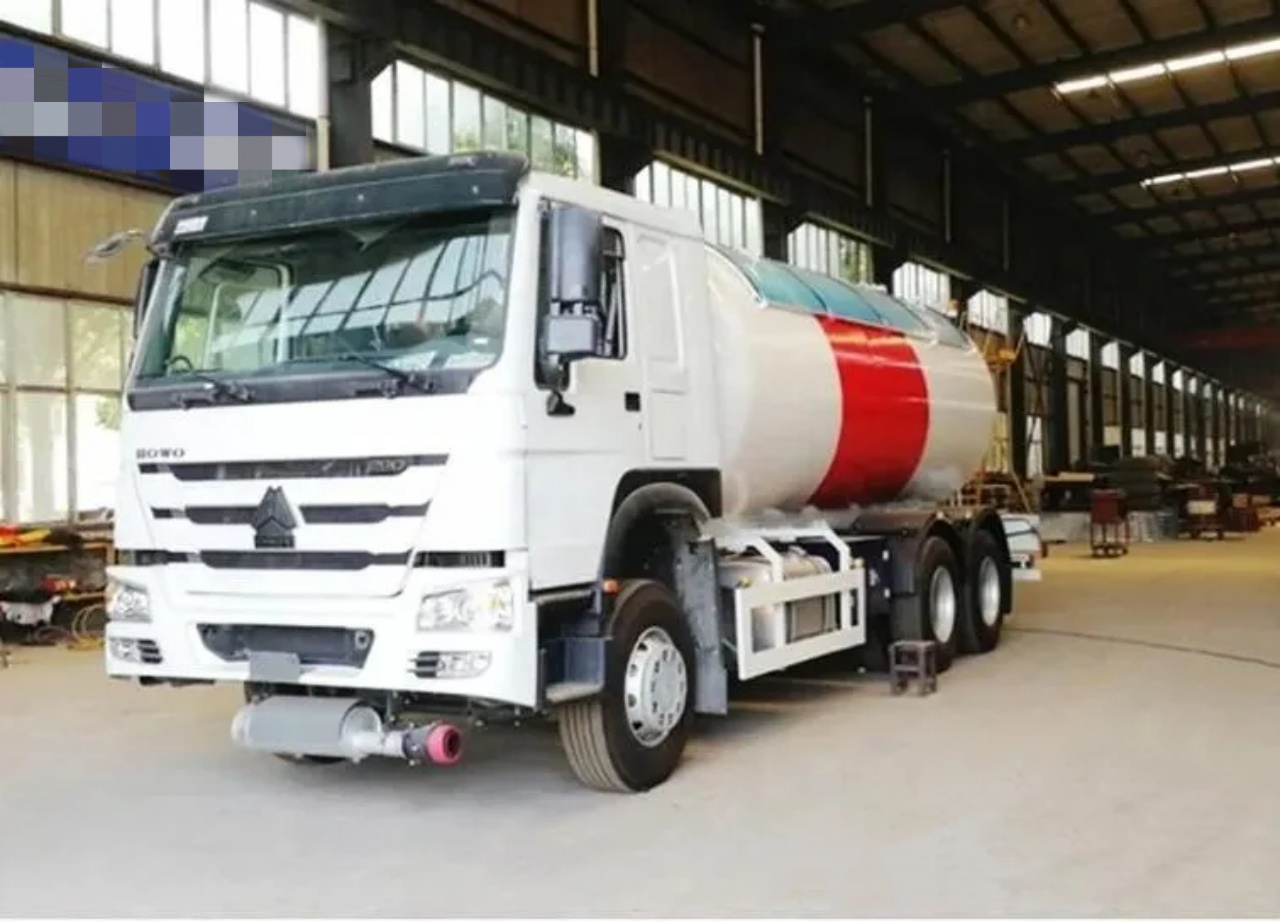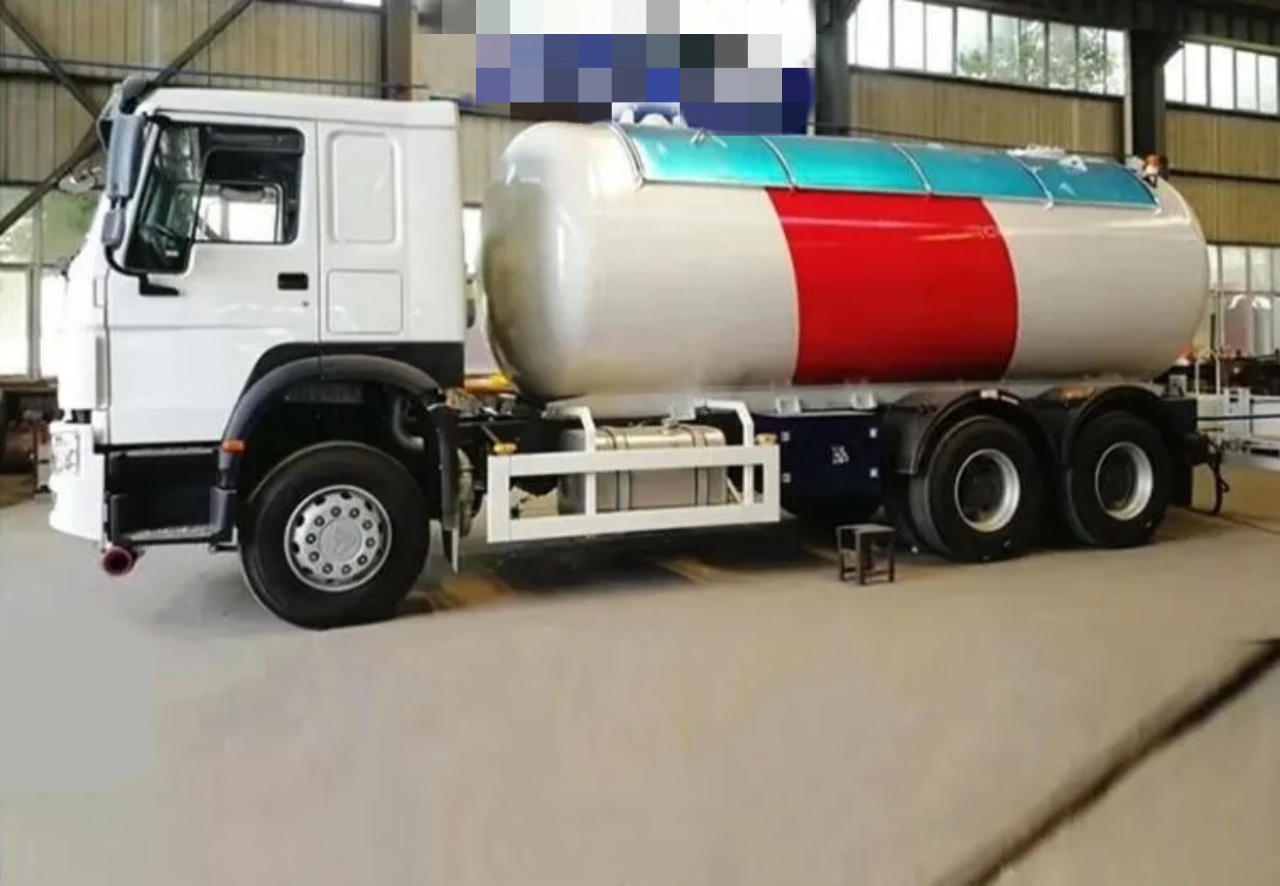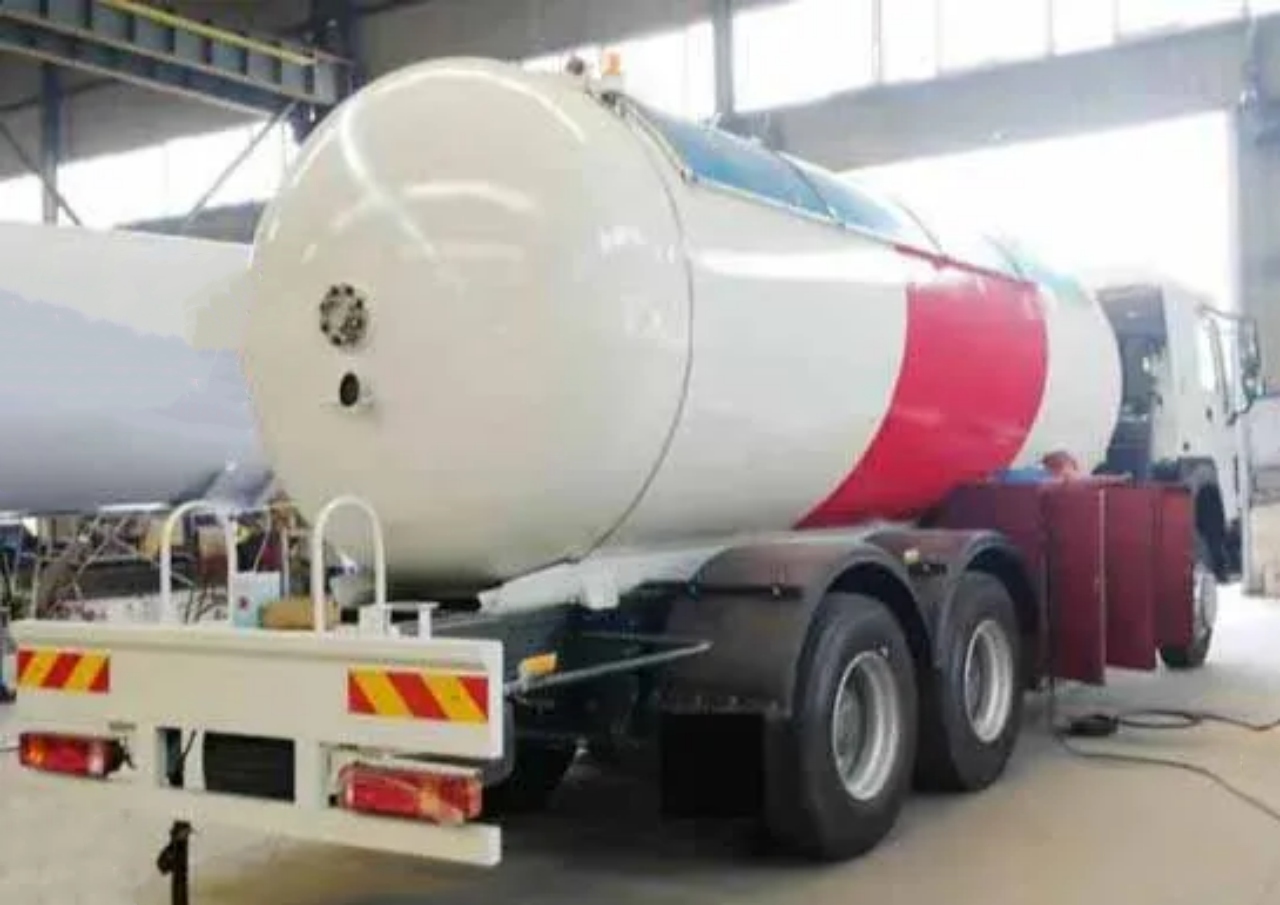Transporting a propane tank in a truck is a task that must be approached with care, awareness, and responsibility. Propane is a flammable gas that, when improperly handled, can pose serious risks to health, property, and the environment. Whether you’re transporting a small cylinder for a backyard grill or a large tank for commercial use, following proper safety guidelines is essential. This article provides a comprehensive guide on how to safely transport propane tanks in a truck, including preparation, legal requirements, and best practices.
Understanding Propane Tank Types and Sizes
Before diving into transportation methods, it’s important to understand the type and size of propane tank you are dealing with. Tanks are typically classified into 2 categories:
- Portable cylinders – These are small tanks commonly used for grills, heaters, or RVs. Sizes range from 5 lbs. to 100 lbs.
- Stationary tanks – These are much larger, used for residential heating or industrial purposes, and can be 250 gallons, 500 gallons, or more.
The method of transportation will vary depending on the tank’s size and usage classification. Smaller cylinders can be transported in pickup trucks or SUVs, while larger tanks require flatbed trucks or trailers.
Legal and Safety Regulations
Before transporting a propane tank, it is essential to be aware of federal, state, and local laws. In the U.S., the Department of Transportation (DOT) and Occupational Safety and Health Administration (OSHA) regulate the handling and transport of hazardous materials like propane.
Key regulations include:
- DOT Approval: Only DOT-approved cylinders can be transported. Look for the stamp or label on the tank.
- Capacity Limits: Private individuals are usually limited to transporting less than 90 lbs. of propane without a commercial hazmat endorsement.
- Commercial Transport: If you’re transporting large quantities or delivering propane as a business, a hazardous materials endorsement (HME) and proper placarding are required.
Violating these regulations can result in severe fines or criminal penalties, especially if an accident occurs.
Step-by-Step Guide to Transporting a Propane Tank
1. Inspect the Tank
Before loading the tank into your truck:
- Check for Leaks: Use soapy water to inspect the valve and regulator. If bubbles form, there is a leak, and the tank should not be transported.
- Check Certification Date: Propane tanks must be recertified periodically (usually every 10-12 years). Do not transport out-of-date tanks.
- Ensure the Valve Is Closed: Make sure the main valve is turned fully off. Use a protective cap or plug if available.
2. Choose the Right Vehicle
For small tanks (20-100 lbs.), a standard pickup truck is sufficient. For larger tanks (250+ gallons), use a flatbed or specialized propane delivery truck. Avoid placing tanks inside enclosed vehicles, such as sedans or SUVs, unless necessary and well-ventilated.
3. Properly Load the Tank
The orientation and position of the tank during transport are critical:
- Upright Position: Always transport tanks in an upright position to prevent leaks and ensure the pressure relief valve functions correctly.
- Secure the Tank: Use bungee cords, straps, or tank holders to secure the tank to the truck bed. Tanks should not roll, slide, or tip during transport.
- Avoid the Passenger Compartment: Never transport tanks inside the cab of a vehicle due to the risk of gas accumulation in case of a leak.
For large tanks, use cradles, chocks, or specialized tank mounts to hold them securely in place.
4. Ensure Adequate Ventilation
If transporting a small tank in an enclosed truck or vehicle:
- Crack the windows to allow airflow.
- Avoid direct sunlight or sources of heat.
- Never leave a propane tank in an unattended vehicle for extended periods.
5. Drive Cautiously
Driving with propane requires extra caution:
- Avoid Sudden Movements: Drive smoothly to prevent the tank from shifting or tipping.
- Keep Distance from Other Vehicles: Especially from those transporting flammable materials.
- Park in Safe Locations: If you need to stop, avoid parking in hot, confined, or poorly ventilated areas.
6. Unload Safely
Once you reach your destination:
- Turn off the engine and set the parking brake.
- Carefully remove any straps or securing devices.
- Gently lift and place the tank—do not drop or drag it.
- Inspect the tank again before using it.
Additional Tips and Precautions
- Don’t Smoke Nearby: Never smoke when handling propane tanks.
- Check Local Ordinances: Some jurisdictions have additional regulations for propane transport, especially near schools, tunnels, or bridges.
- Labeling and Placarding: For commercial or bulk transport, ensure that appropriate hazmat placards are displayed on the truck.
- Use Tank Covers or Guards: To protect the tank from road debris or extreme weather.
- Plan Your Route: Avoid tunnels, ferries, or restricted zones where hazardous materials are not allowed.
What Not to Do
Avoid these common mistakes that can turn a routine transport into a dangerous situation:
- Transporting tanks on their sides.
- Leaving tanks in a hot, closed vehicle.
- Failing to secure the tank properly.
- Ignoring visible rust, dents, or wear on the tank.
- Transporting a tank that’s leaking or expired.
Commercial Considerations
If you operate a business that involves transporting propane tanks:
- Train all drivers in hazmat safety protocols.
- Maintain a hazard communication program.
- Keep Material Safety Data Sheets (MSDS) in the vehicle.
- Conduct regular vehicle inspections.
- Maintain insurance and follow FMCSA rules for hazardous materials.
Professional propane delivery trucks are usually fitted with lifting equipment, cradles, and secure mounting to safely transport multiple or large tanks.
Conclusion
Transporting a propane tank in a truck, while common, is not a task to take lightly. Whether you’re a homeowner heading to refill a BBQ tank or a business moving bulk propane, safety must always come first. Ensure that tanks are certified, leak-free, upright, and properly secured. Understand and follow all applicable regulations. Most importantly, treat propane with the respect it demands as a powerful yet potentially dangerous energy source. By following the guidelines outlined in this article, you can help ensure a safe, legal, and efficient propane transport experience.





